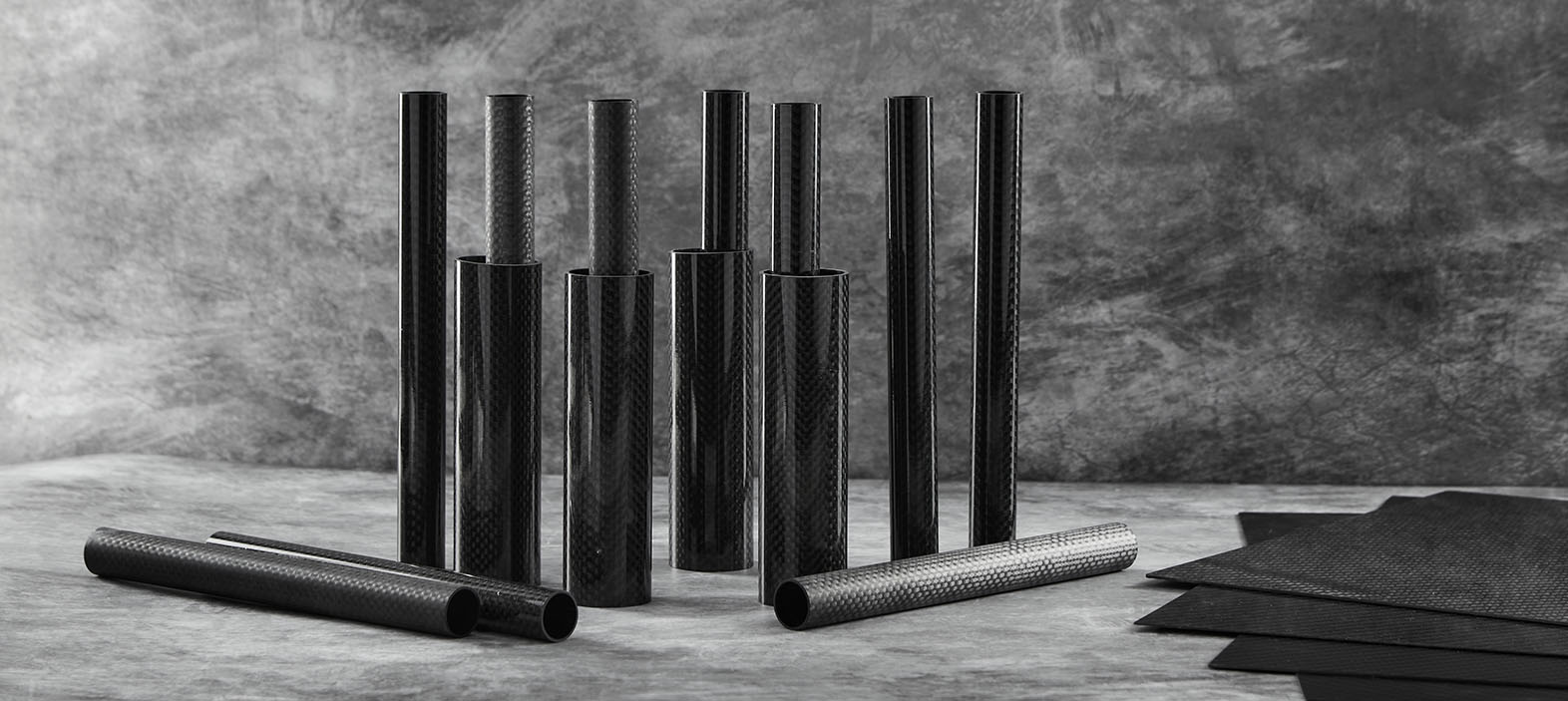
Corrosion Challenges to Composite Triumphs: Carbon Fiber and Its Resilience
👁 Reads: 536
Composite materials in recent years have gained significant traction in various industries due to their varied qualities. However, two qualities of composites, especially those incorporating carbon fiber are the reason for the increased usage- the strength-to-weight ratio and the corrosion resistance of the material. This corroborates the value of carbon fiber composites in challenging environments, making it a preferred material compared to traditional materials. This analysis aims to explain the very basic nature of composites, carbon fiber, and the intricate factors that underpin its corrosion resistance.
Composites and Carbon Fiber: A Quick Understanding
A heterogeneous material that is made by combining two or more components that have different chemical or physical properties is known as a composite material. The individual properties of the two materials work together synergistically to offer enhanced characteristics such as improved strength, stiffness, or durability, depending on the combination. The nature of the two materials used is often complimentary. There is a reinforcement component used, which essentially is embedded as a base material, such as fibers, particles, or flakes often made from carbon, natural fiber, or glass. This provides the composite with strength and basic mechanical properties and more often than not, the arrangement or orientation of this reinforcement material impacts the overall performance of the composite material. The reinforcement material provides structural support by the matrix material. This is usually a polymer, metal, or ceramic that surrounds or holds together the reinforcement material, depending on the requirement of the composite. The matrix is responsible for transferring the load between the reinforcement elements and hence provides protection from environmental factors.
In the case of carbon fiber, the reinforcement element consists of Carbon atoms which are combined with a matrix material, typically a polymer such as epoxy resin, combining the best of the properties in the material that surpass the individual properties of each component.
Corrosion Resistance in Carbon Fiber Composites
As described above, the process of developing carbon fiber composites in itself ensures that the material has versatile properties. This article focuses on the corrosion resistance of carbon fiber and the following factors can be attributed to the same:
Inherent Properties of Carbon Fiber:
Carbon, unlike other elements, is chemically inert and hence does not undergo oxidation reactions that lead to corrosion. This intrinsic property of carbon makes it an excellent choice for applications in aggressive chemical, marine, or industrial settings as it exhibits a high degree of corrosion resistance.
Polymer Matrix:
Since the carbon element is combined with a matrix material to bind the fibers, this influences the corrosion resistance of the composite. Although each matrix has a distinct corrosion resistance property, epoxy, which is the most widely used, is known for its excellent resistance to moisture, chemicals, and corrosive agents.
Electrochemical Stability:
Another inherent property of carbon fiber is its exceptional electrochemical stability. This is particularly useful wherein the materials might come into contact with electrolytes or in electrical conditions.
Environmental Adaptability:
Carbon fiber composites are known to be resilient in diverse environmental conditions. Composites maintain their structural integrity even when subjected to high humidity, varying pH levels, or extreme temperatures.
Surface Treatments:
The manufacturing process of carbon fiber composites often ensues surface treatments or application of coatings that can significantly enhance corrosion resistance. These treatments modify the surface chemistry of the fiber, improving its adhesion with the matrix and adding a protective layer that acts as a barrier against the corrosive elements.
Manufacturing Quality:
The final corrosion resistance of the carbon fiber composites is determined by the manufacturing process. Quality control measures including fiber alignment, resign impregnation and curing conditions ensure that uniform properties are maintained throughout the composite maintaining its corrosion-resistant characteristics.
Key Takeaways
It is pertinent to note that the corrosion resistance property of carbon fiber composites can be attributed to multifaceted reasons that stem from the inherent properties of carbon fiber, such as the chemical inertness and electrochemical stability that form the foundation of corrosive resistance. The nature of carbon fiber composites, being non-metallic, ensures that it does not succumb to conventional forms of corrosion such as oxidation or rusting. This consequently positions carbon fiber composites as durable alternatives, especially in industries wherein exposure to moisture, chemicals, or extreme weather conditions is conventional. The inertness of carbon further makes this material suitable for applications in chemically aggressive environments.
While research points out extensive uses of carbon fiber composites in terms of their corrosion resistance, expanding its purview of applications, there are potential challenges that are worth noting. Certain essential factors can drastically influence the performance of the corrosive resistance of carbon fiber composites: the variations in the manufacturing process, the choice of resin matrix, and the specific environmental context. However, as ongoing efforts continue to propel to unlock the full potential of the applications of carbon fiber composites, industries continue to rely on the material as a one-stop solution for requirements of lightweight, durable, and corrosion-resistant materials. Carbon fiber composites hence continue to stand as a testament to the synergy between scientific inquiry and practical innovation!





